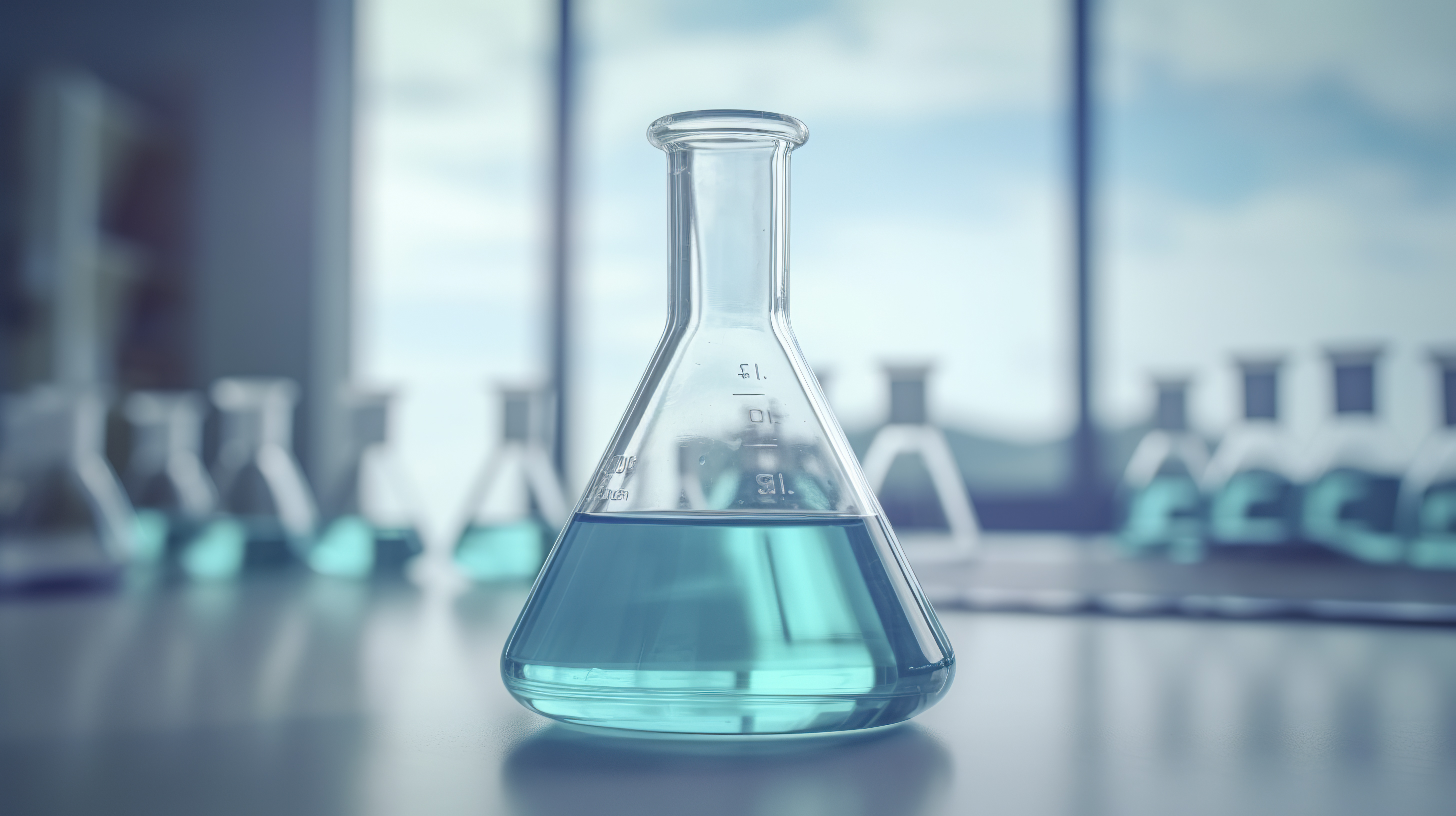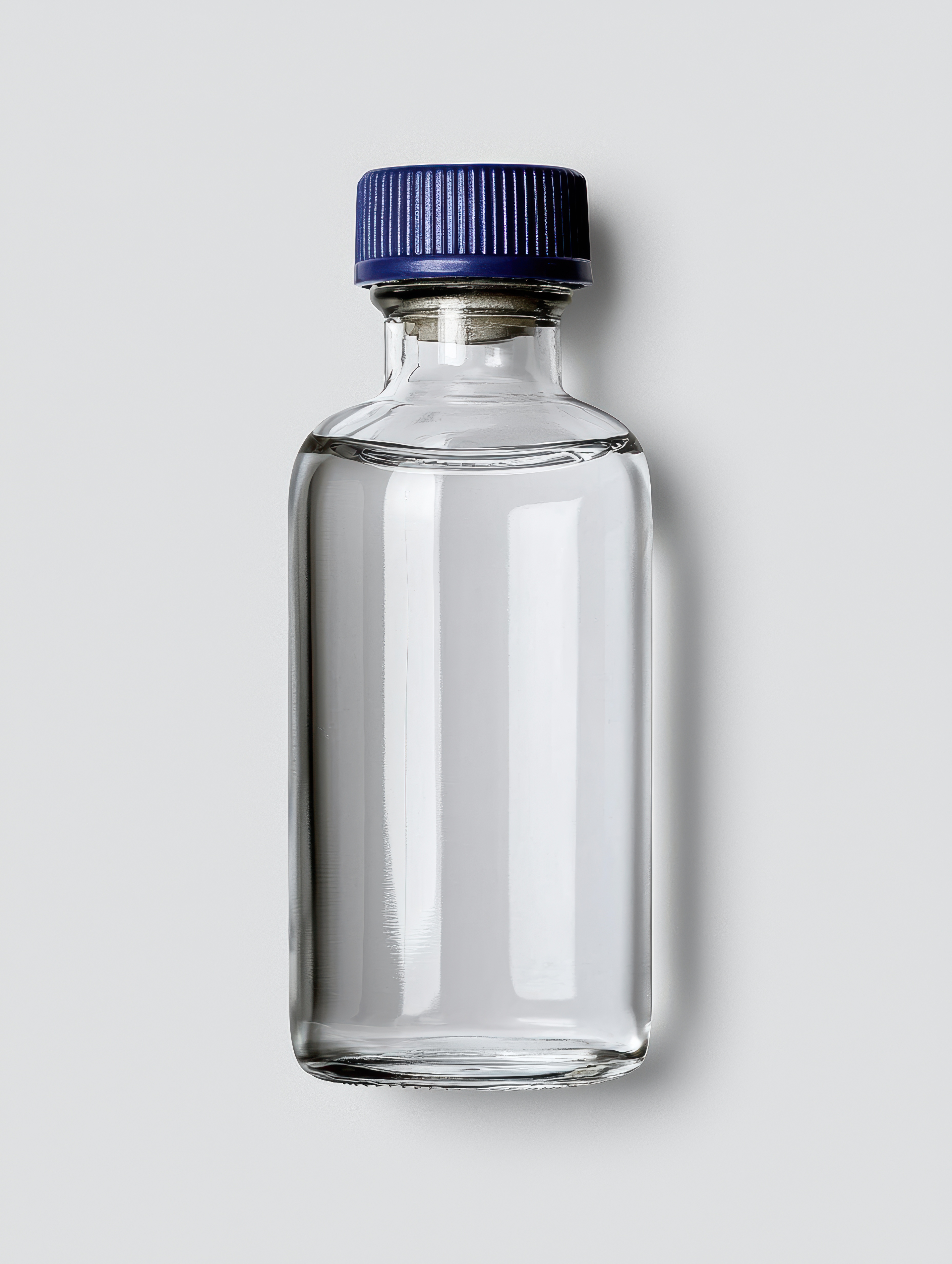Eco Friendly Green Plasticisers
Plasticizers are commonly added to polymers such as plastics and rubber, either to facilitate the handling of the raw material during fabrication, or to meet the demands of the end product's application. For example, plasticizers are commonly added to polyvinyl chloride (PVC), which otherwise is hard and brittle, to make it soft and pliable; which makes it suitable for products such as vinyl flooring, clothing, bags, hoses, and electric wire coatings.
Plasticizers are also often added to concrete formulations to make them more workable and fluid for pouring, thus allowing the water contents to be reduced. Similarly, they are often added to clays, stucco, solid rocket fuel, and other pastes prior to molding and forming. For these applications, plasticizers largely overlap with dispersants..
Act of putting on
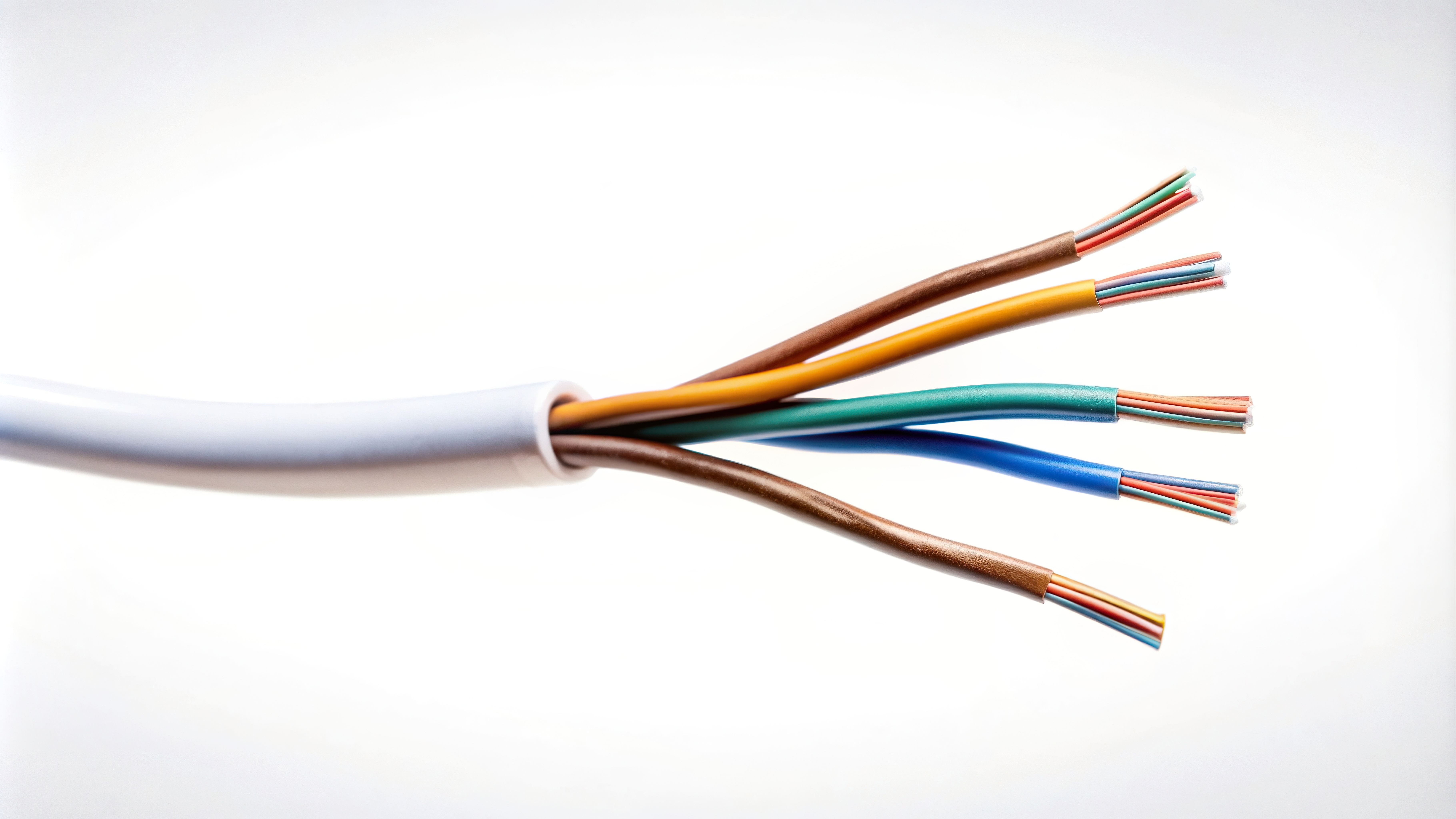
Wire & Cables compounds
This is added to PVC to make it softer, more flexible, and pliable. It embeds itself between the polymer chains, reducing their intermolecular forces, which allows the PVC to bend and twist without cracking

PVC Profiles & Doors
This imparts flexibility and improves the film-forming properties of soy-based inks. This helps inks to dry evenly, form smooth films, and avoid cracking or brittleness on printed surfaces.
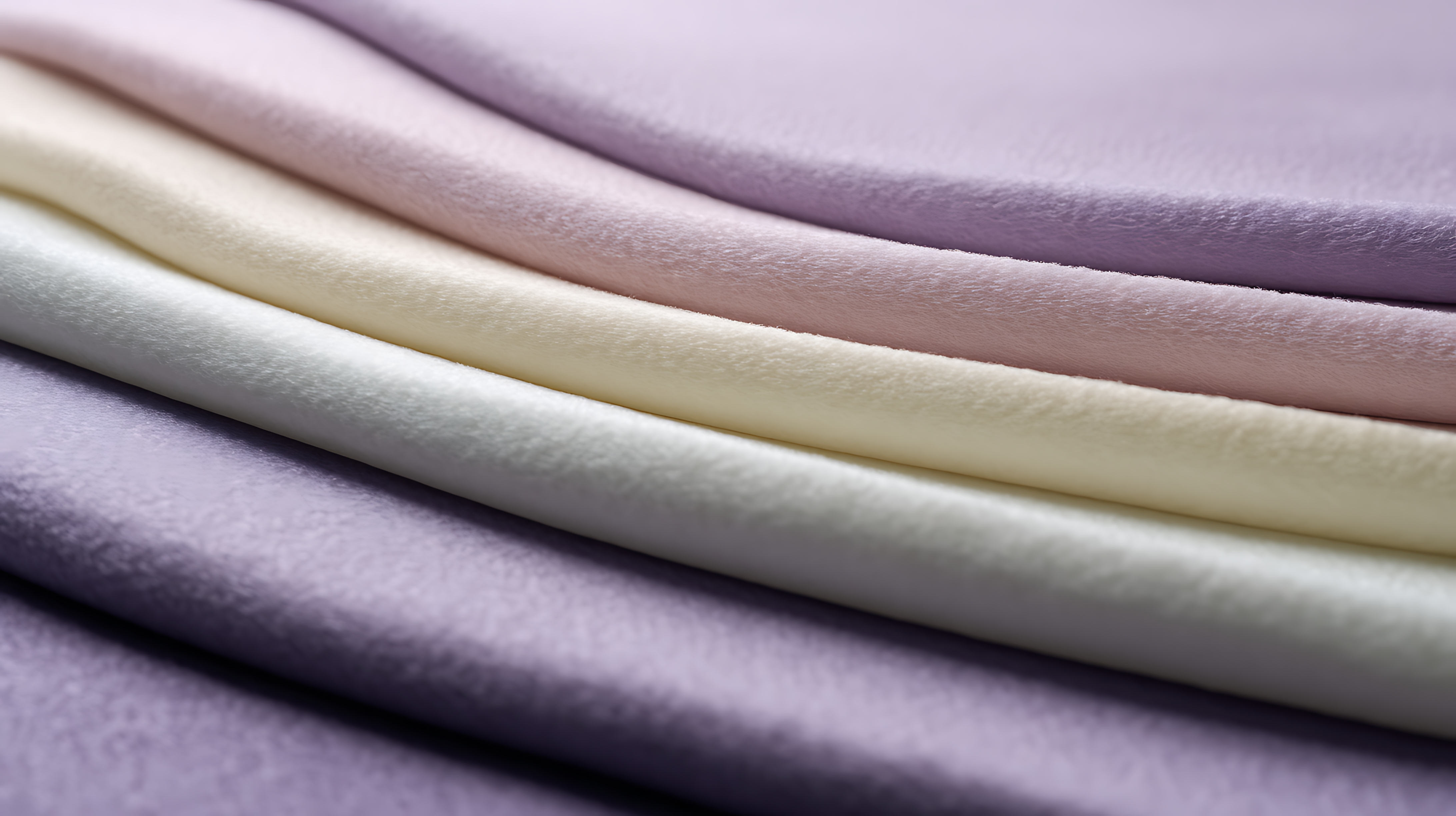
PVC Rexins & Leather Cloths
This is mostly used in PVC Rexins and Leather Cloths as a plasticizer and stabilizer, improving product flexibility and durability.
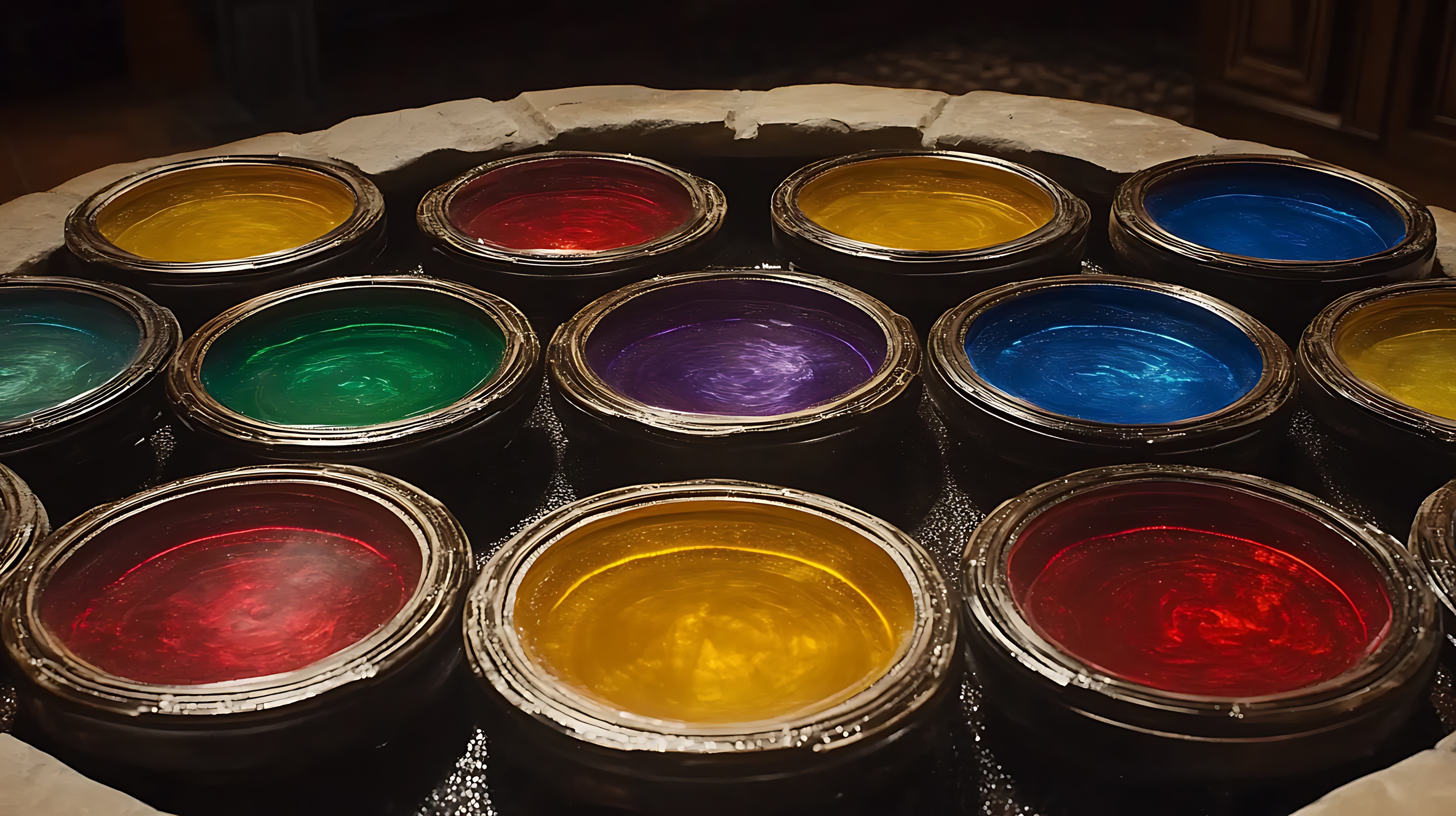
Coatings and Adhesives
This imparts flexibility and improves the film-forming properties of soy-based inks. This helps inks to dry evenly, form smooth films, and avoid cracking or brittleness on printed surfaces.
Features
Uses
Food products that are stored in glass jars are usually sealed with gaskets made from PVC. ESBO is one of the additives in the PVC gasket. It serves as a plasticizer and a scavenger for hydrochloric acid released when the PVC degrades thermally, e.g. when the gasket is applied to the lid and food product undergoes sterilization. ESBO is also used in PVC cling films for wrapping foods and toys.
Legislation
In Europe, plastics in food contact are regulated by Regulation (EU) 10/2011. It establishes a specific migration limit (SML) for ESBO of 60 mg/kg. However, in the case of PVC gaskets used to seal glass jars containing infant formulae and follow-on formulae as defined by Directive 2006/141/EC or processed cereal-based foods and baby foods for infants and young children as defined by Directive 2006/125/EC, the SML is lowered to 30 mg/kg. This is because babies have higher food consumption per body weight.
Toxicity
The tolerable daily intake (TDI) of ESBO defined by the Scientific Committee on Food (SCF) of the EU is 1 mg/kg body weight. This value is based on a toxicological assessment performed by the British Industrial Biological Research Association (BIBRA) in the late 1997. Repeated oral administration had been shown to affect the liver, kidney, testis and uterus of rats. According to the conventional European rules for food packaging materials, the TDI became a basis for the SML of 60 mg/kg
Food
A Swiss survey in June 2005 showed that (among many other plasticizers exceeding the legal limits) migration of ESBO into foods reached up to 1,170 mg/kg. Rapid Alert System in Food and Feed (RASFF) had also reported cases of food product rejection in EU for exceeding SML under EU Legislation (EC/2002/72). Enforcement authorities took measures to force producers respecting the legal limits.
Specifications
| Unit | Agroflex HE | Agroflex HEK | Agroflex SAP | Agroflex HED | Agroflex HFM | |
|---|---|---|---|---|---|---|
| Specific Gravity at 25°C | 1.15-1.18 | 1.14 – 1.18 | 1.14 – 1.16 | 1.08-1.09 | 1.120 - 1.140 | |
| Colour(APHA 100) | HU | Max 80 | Max 80 | Max 60 | Max 80 | Max 80 |
| Viscosity at 25°C | POI | Max. 3 | Max. 3 | Max. 2 | Max. 2 | Max.3 |
| Volatile Loss @180°C / 4 hr/30gm/BL | % | Max.2 | Max. 2 | Max. 3 | Max. 2 | Max. 2.2 |
| Heat Stability @180°C/30min | Light Yellow -Brown | Light Yellow -Brown | Light Yellow -Brown | Light Yellow to Brown | Light Yellow to Brown | |
| Hydroxyl value | 0.5% Max | Nil | Nil | Nil | Nil | Nil |
